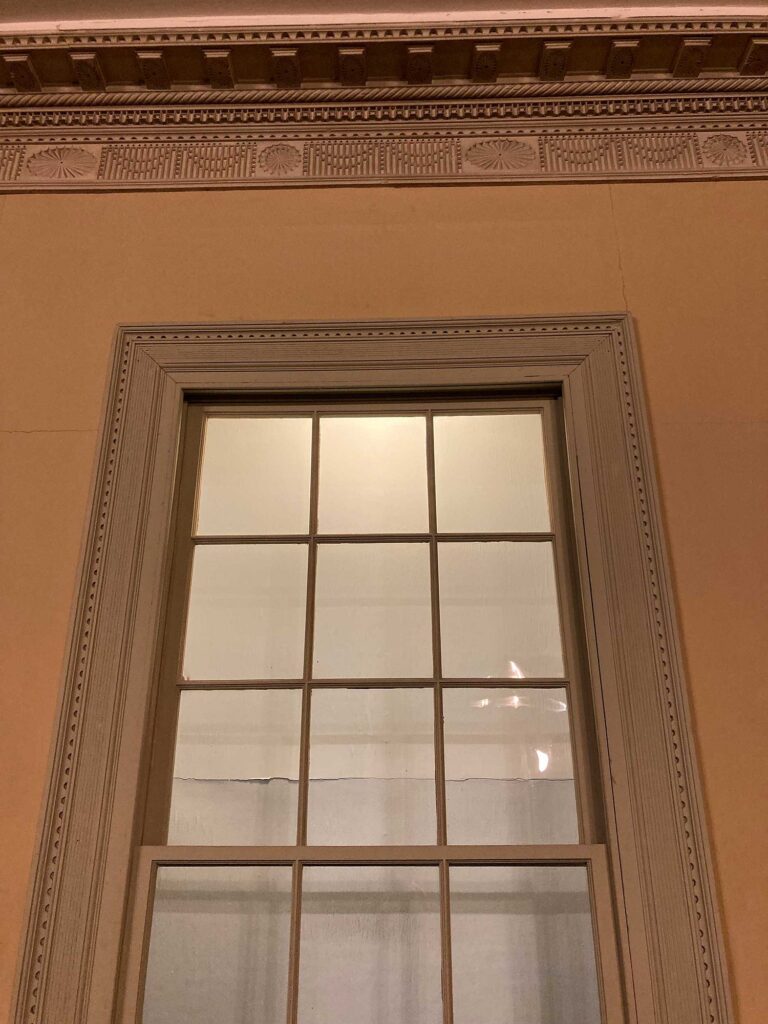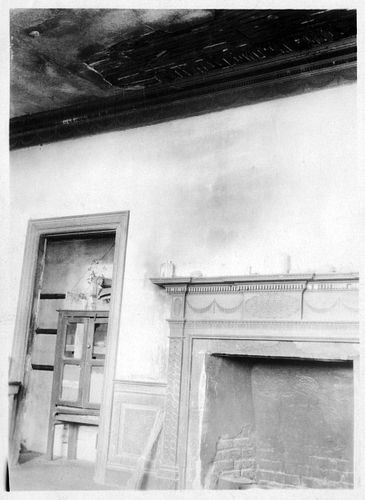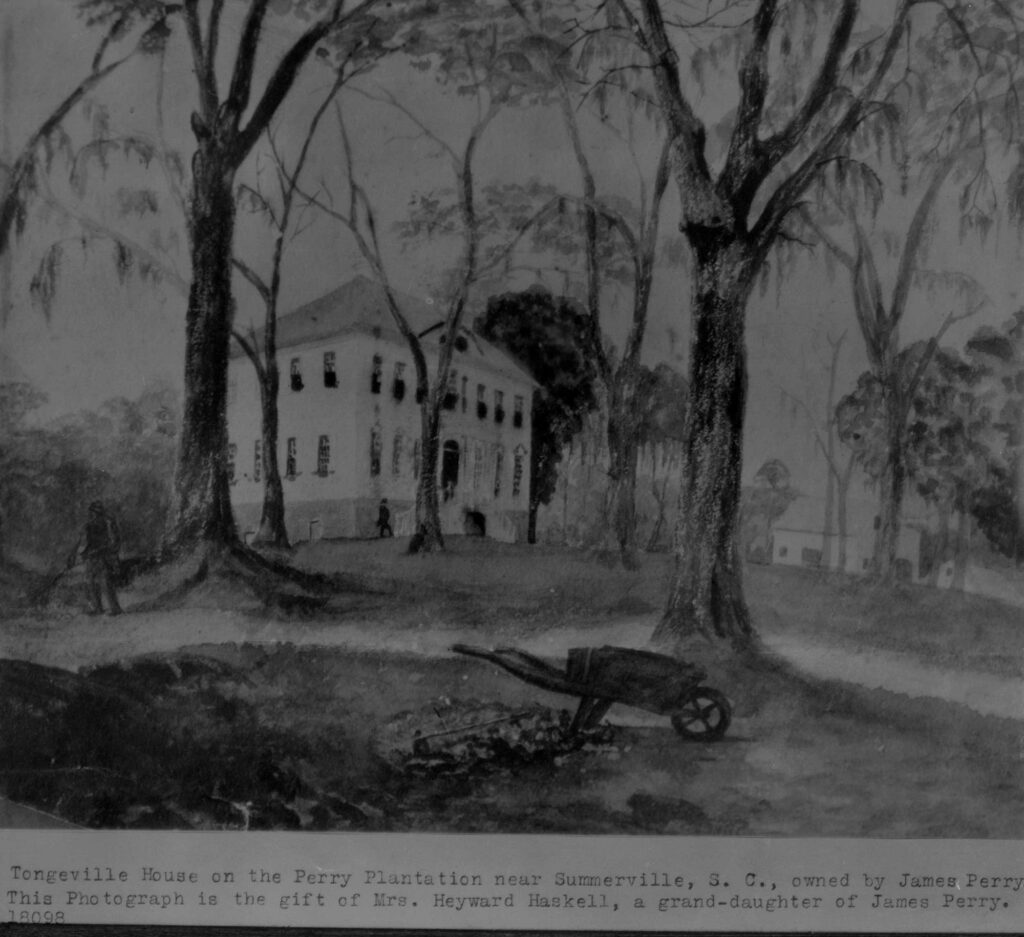
[UPDATE: Reporting on the rooms sale for Artnet, Brian Boucher got a comment from Brooklyn Museum director Anne Pasternak: tl;dr, they’re mid!]
It is at once extraordinary and the most logical thing in the world—admittedly, a low bar these days—but the Brooklyn Museum is selling two of its period rooms at auction next week. It’s actually selling much more, including most of the major—and minor— furnishings of those rooms, hundreds of other antiques, and woodwork elements from two other interiors. [Shoutout to David Platzker for the heads up on the sale.]
The most significant, or historic, or problematic, is now known as the Cane Acres Plantation dining room, which was the Brooklyn Museum’s largest period room, and the first from the South. The museum acquired it a hundred years ago near Summerville, South Carolina, in the middle of what turned out to be a museum period room arms race. Though it’ll be recognizable to anyone who’s been to the museum, what you’re actually bidding on is very different and specific:

c. 1789-1806 [pine and/or cypress] crown molding with Federal design elements, fine carved and painted fireplace surround, [eight?] painted windows with dentil molding, lower paneling, 21 ft. 6 in. x 34 ft. 2-1/2 in. (installed) floorboards.

Unlike other period room collectors and institutions, such as the Met, the Philadelphia Museum, and Henry Francis du Pont, Brooklyn made a point of recreating the dimensions and orientation of the rooms they acquired, so this is a lot. [You would be a dog to chop it down, so just get yourself a 22×34-ft dining room.]

Though it’s known by Cane Acres now, when the museum unveiled it in 1930, it was called the Perry House Plantation. The West Virginia Pulp & Paper Company (now MeadWestvaco), which by 1924 owned the swampy land between the Ashley & Edisto Rivers, let the museum strip the elements out of the house—even though it was inhabited.
In a footnote for his 2014 masters thesis at Columbia [pdf], Vincent A. Wilcke includes a letter the Brooklyn Museum’s period room scout Andre Reuff sent to the director, William Henry Fox in 1924:
The house…is leased till the end of the current year to a colored family of six- who lived in one room so far as sleeping accommodations went-and who used another room, furnished with a single table, as a ‘fire room’. The news that I was going to take away some of the old house brought tears to the older members, one of whom was born and brought up on the plantation. However as they were willing to remove their meager belongings to the upstairs bedroom, and the statements of my carpenter that ‘the road is good yet but wait ‘til the rain comes, and then you won’t take anything’, I lost no time in measuring, photographing all I had to remove.

In Harriette Kershaw Leiding’s 1921 survey/guidebook, Historic Houses of South Carolina, the house in Summerville rebranded as Perry House was originally called Tonguewell, and it was in Tongueville. Both were named after the house’s original owner, Edward Tongue. The brick of the house’s raised foundation was imported, but “the other materials were native and prepared by the slaves, who built the house.”
The museum period room was a way for the urban ruling class to own and define a history of American culture with themselves at the center. Living in the North under an alias for almost half its life, the Cane Acres Plantation Dining Room wove the South into a single aesthetic history, illustrating the emergence of the Federal style and the evolution of the dining room. Though it knew it all along, the history of the enslaved artisans who built Tonguewell, and their descendants who were literally displaced when the museum ripped out their floor, windows, and fireplace, has never been of interest.
Maybe the buyer of the Tonguewell Dining Room will decide otherwise. Bidding starts at $1,000, and deinstallation and pickup will need to be coordinated with the museum this Spring/Summer.
[OK, I was just about to post this with a link I’d seen to a list of the Enslaved People of Cane Acre Plantation, but hello, that is a totally different plantation, and none of the people associated with the history of Tonguewell or Perry House are anywhere near it. Cane Acre seems to have been a plantation owned by members of the Pinckney family, which included founding father Charles Cotesworth Pinckney. Who had an inventory of the enslaved people at his brother in-law’s plantation Cane Acre from 1803, the precise moment when Edward Tongue was supposed to have built this house. And yet here is a 1926 citation of Tonge’s tombstone saying he died in his “Mansion House at Cane Acres.” Never mind.]
20 March 2024, Lot 50: The Cane Acres Plantation Dining Room Woodwork Elements, est. $2,000-4,000, sold for $55k tho [brunkauctions, shoutout to David Platzker for the heads up on the auction]
